Berlin’s history is deeply intertwined with the divisive legacy of the Cold War. At the heart of this conflict stood the infamous Berlin Wall, a concrete barrier that physically and ideologically separated East from West for nearly three decades. Beneath the shadow of this symbol of totalitarianism, the Stasi Museum offers a chilling glimpse into the surveillance tactics employed by East Germany’s ruthless secret police. Unraveling the complex layers of this divided city’s past reveals not only the human cost of authoritarian control, but also the enduring spirit of resilience that emerged in the face of adversity.
Key Points
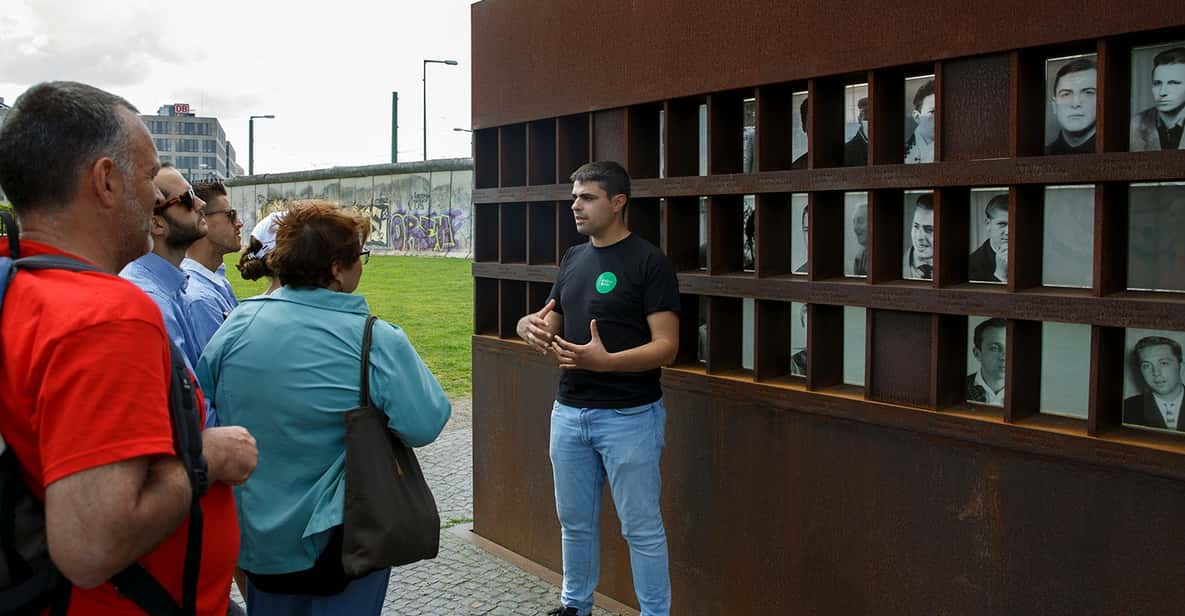
- The Berlin Wall, constructed in 1961, symbolized the ideological division of the Cold War between capitalist West and communist East Berlin.
- The East German Stasi employed ruthless tactics, including an extensive network of informants and advanced surveillance techniques, to maintain control over citizens.
- The fall of the Berlin Wall in 1989 marked a pivotal moment in the collapse of communist power and the triumph of unity in Berlin.
- The Stasi Museum, located in the former intelligence headquarters, offers an immersive experience highlighting the human cost of totalitarian control in East Germany.
- Exploring sites like Frankfurter-Allee Avenue and Bernauer Strasse Wall Memorial provides a tangible connection to the struggles and resilience of Berlin’s citizens during the divided past.
It's also worth checking out some other tours and experiences nearby.
Divided City: Life Under Communism
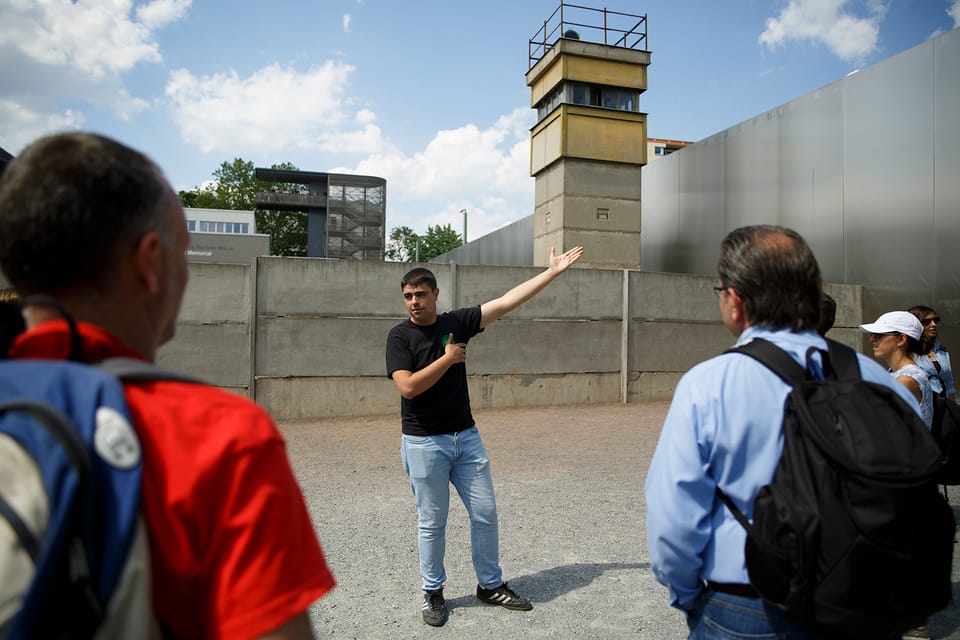
As a result of the division of Germany after World War II, Berlin became a city split in two – the capitalist West and the communist East.
Life in East Berlin was heavily controlled by the oppressive East German regime. Citizens faced constant surveillance by the Stasi secret police, restricted travel, and limited access to information from the West.
Harsh living conditions and lack of freedom led many to risk their lives attempting to escape over the Berlin Wall.
This divided city embodied the ideological battle of the Cold War, with the Wall serving as a physical and symbolic barrier between the two competing sociopolitical systems.
Tactics of the East German Stasi
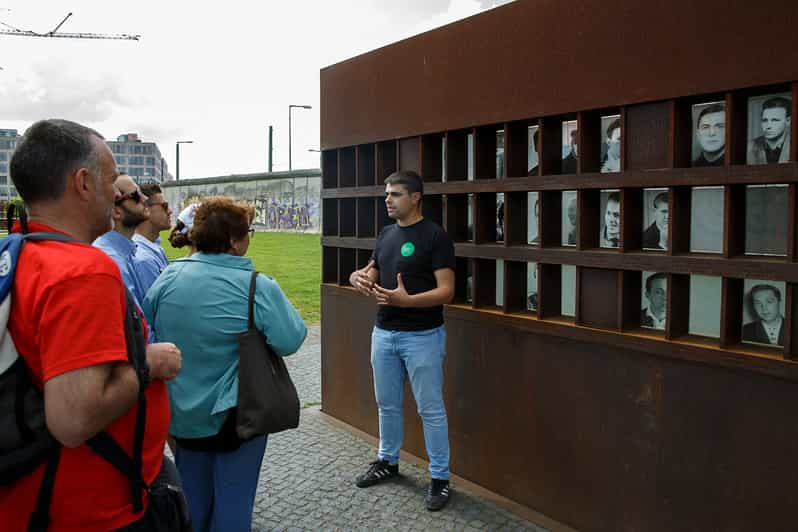
The East German Stasi employed ruthless tactics to maintain control over its citizens.
Using an extensive network of informants, the secret police force closely monitored the population, infiltrating social circles and even families.
Interrogation methods were often harsh, including sleep deprivation and psychological manipulation.
The Stasi also utilized advanced surveillance techniques, tapping phones and intercepting mail.
Dissidents faced severe consequences, ranging from job loss to imprisonment.
This pervasive atmosphere of fear and paranoia significantly impacted daily life in East Germany.
The Stasi’s legacy remains a sobering reminder of the dangers of unchecked state power and the importance of civil liberties.
Significance of the Berlin Wall
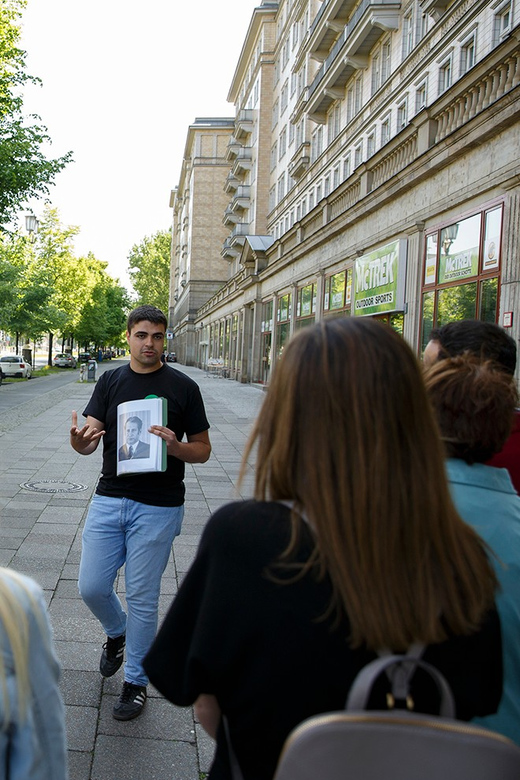
The Berlin Wall stood as a stark symbol of the division between East and West during the Cold War era.
For nearly 30 years, the imposing concrete barrier physically separated communist East Berlin from capitalist West Berlin, representing the ideological split between the Soviet Union and the Western allies.
The wall’s construction in 1961 was intended to stem the tide of East German citizens fleeing to the West, but its fall in 1989 marked a pivotal moment in the collapse of communist power across Eastern Europe.
The wall’s legacy continues to shape Berlin’s identity and serve as a potent reminder of a divided past and the hard-won triumph of unity.
Exploring Frankfurter-Allee Avenue
Frankfurter-Allee Avenue stands as a testament to the turbulent history of Berlin. This historic street was once a division between East and West, with the Berlin Wall running alongside it.
Visitors can walk along the former border and imagine the harsh realities of life in a divided city. The avenue is now a lively neighborhood, but remnants of the past remain, including preserved sections of the wall and memorial sites.
Exploring Frankfurter-Allee provides a tangible connection to Berlin’s Cold War history, allowing visitors to better understand the city’s struggles and resilience.
The tour offers a unique opportunity to witness these powerful historical landmarks and gain insights into this pivotal era.
Visiting Bernauer Strasse Wall Memorial
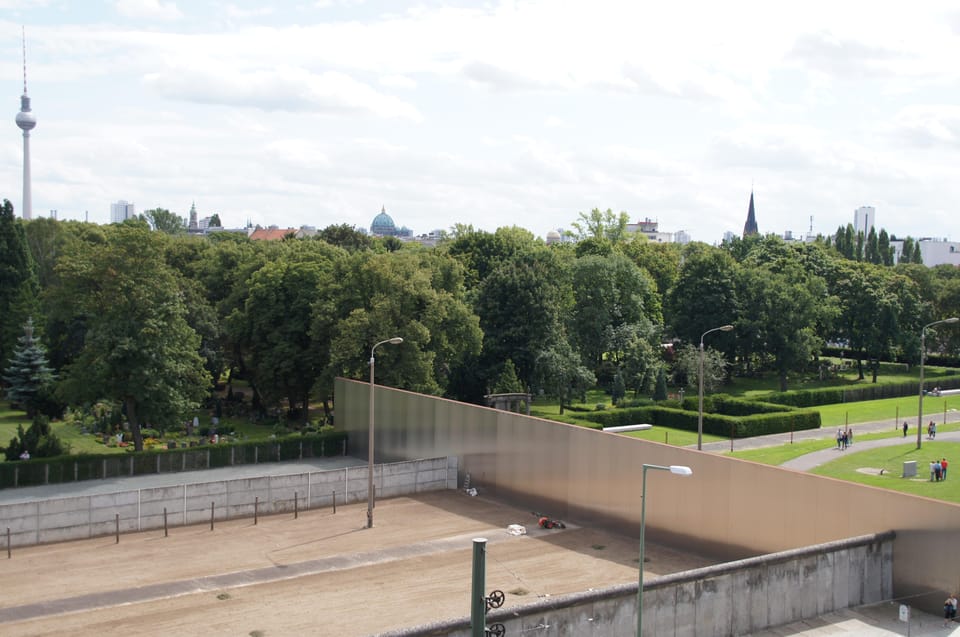
Along the route, the tour now brings visitors to Bernauer Strasse, a street that became a symbol of the division between East and West Berlin.
The Bernauer Strasse Wall Memorial commemorates the tragic events that occurred here when the Berlin Wall was erected in 1961. Visitors can see the preserved death strip, which was the heavily fortified no-man’s land between the two concrete walls.
The memorial also features a chapel, observation tower, and a museum that provides insights into the daily lives of those affected by the wall’s construction.
This poignant site offers a powerful reminder of the human toll of the Cold War’s geopolitical tensions.
Uncovering the Ghost Stations
Beneath the bustling streets of Berlin, the remnants of a forgotten chapter in history lie dormant. Known as "ghost stations," these abandoned underground train stations serve as eerie reminders of the city’s divided past.
During the Cold War, certain subway lines crossed into East Berlin, but these stations were sealed off and left to decay, inaccessible to the public.
Today, visitors can explore these ghostly relics, gaining an unsettling glimpse into the surveillance and control exercised by East Germany’s Stasi secret police.
These forgotten stations stand as haunting monuments to the ingenuity and resilience of those who sought to circumvent the barriers of the Berlin Wall.
Inside the Stasi Museum
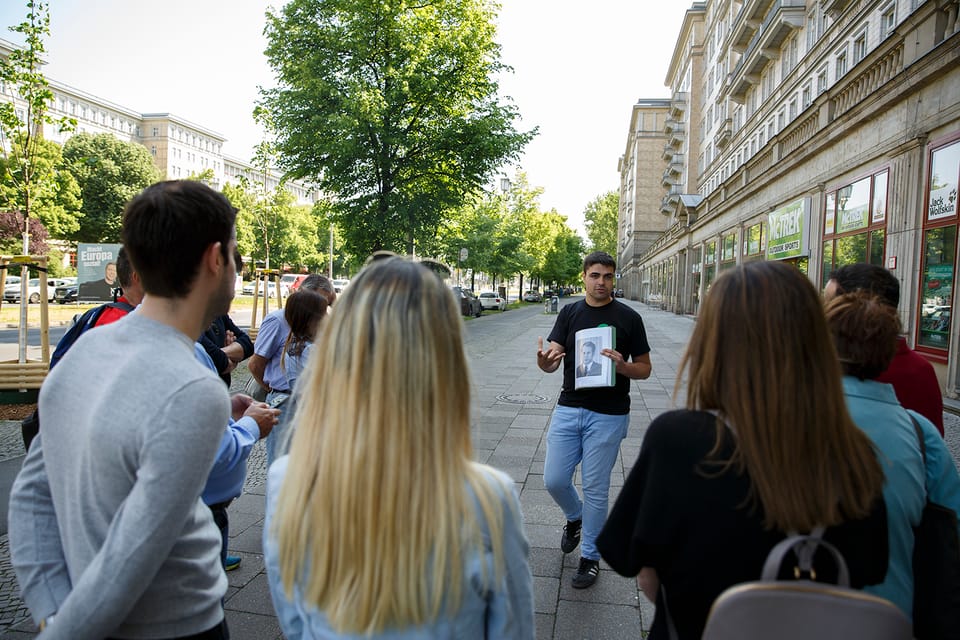
Within the gray, unassuming walls of a former East German intelligence headquarters lies the Stasi Museum, a haunting tribute to the pervasive reach of the communist regime’s secret police.
Visitors can explore the offices and interrogation rooms once occupied by the feared Stasi agents, gaining firsthand insight into the organization’s intrusive surveillance tactics and coercive methods.
Exhibits showcase the Stasi’s comprehensive records and the omnipresent fear that permeated daily life in East Germany.
Through this immersive experience, the museum provides a chilling reminder of the human cost of totalitarian control and the importance of safeguarding civil liberties.
Practical Information and Logistics
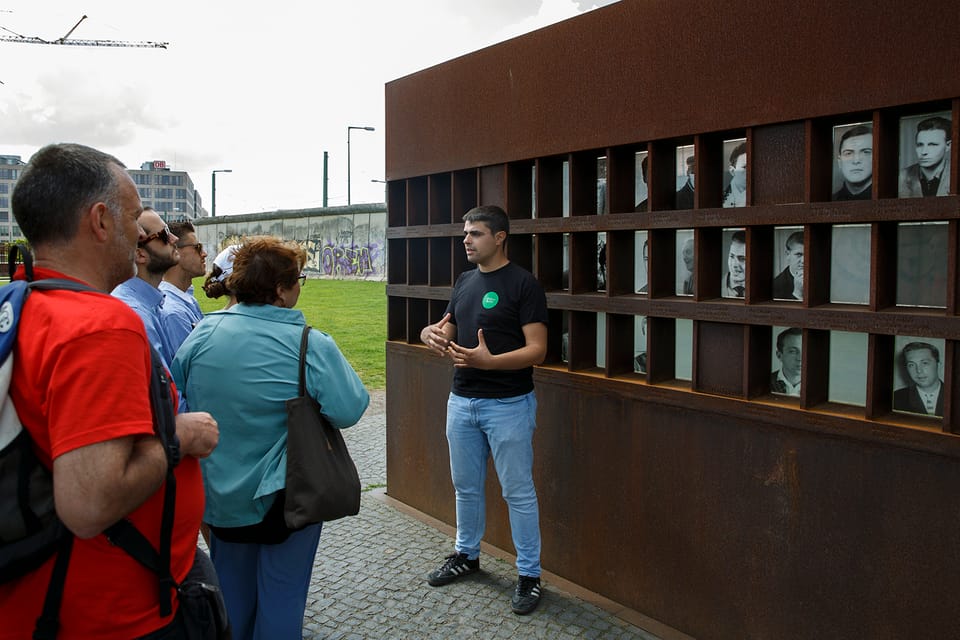
The Stasi Museum offers visitors a glimpse into the chilling realities of life under East Germany’s communist regime. The tour provides a comprehensive exploration of this dark chapter in the city’s history.
Focusing on the Cold War era, the 4-hour tour is conducted in Spanish and covers significant locations like the Berlin Wall, Frankurter-Allee Avenue, and the former ghost stations. Tickets include public transport, and the tour is wheelchair accessible.
With an overall rating of 4.8/5 from 15 reviews, the experience is praised for its informative and engaging content delivered by knowledgeable guides.
Visitors can reserve the tour and pay later, with free cancellation up to 24 hours in advance.
Here's a few more nearby tours and experiences we think you'll like.
Frequently Asked Questions
How Much Time Is Needed to Fully Explore the Tour?
The tour is designed to last 4 hours, with flexible starting times based on availability. This allows ample time to thoroughly explore the key highlights and learn about the history of a divided Berlin during the Cold War.
Are There Any Age Restrictions or Requirements for the Tour?
There are no age restrictions or requirements for the tour. The tour is suitable for all ages and children are welcome to participate, though those under 18 should be accompanied by an adult.
Can the Tour Be Customized or Tailored to Specific Interests?
The tour can be customized to specific interests. Though it follows a set itinerary, the guide can adapt the focus and emphasis based on participants’ interests, providing a more personalized experience within the tour’s overall structure.
What Is the Cancellation and Refund Policy for the Tour?
The tour offers free cancellation up to 24 hours in advance, allowing customers flexibility. There’s also a reserve now and pay later option available for added convenience.
Are There Any Discounts or Special Offers Available for the Tour?
The tour company doesn’t list any discounts or special offers in the overview, but customers may want to check if there are any promotions or deals available at the time of booking. The standard tour price starts at Kč651 per person.
Not for you? Here's more of our most recent tour reviews happening neaby
- Berliner Highlights: Cycling Through Berlin
- Berlin: Französischer Dom 360° View & Lunch Package
- EasyCityPass Berlin Zone ABC: Public Transport and Discounts
- Berlin: Audrey Ahoi! Spree Cruise With Drag Queen
- Berlin: Sunset Catamaran Cruise With Audio Guide
- Berlin: Boat Tour on a Solar-Powered Catamaran
- Show Brunch at the Adventure Restaurant Knutschfleck Berlin
- Casting Workshop With Natural Materials
- Understanding Kreuzberg: the Roots of Local (Sub)Culture
- Berlin: Guided Canoe | Kayak Tour
- Hitler to Stalin – WWII & Cold War Tour (Small Group)
- Berlin: Third Reich & Cold War Walking Tour
- Berlin: 7 Hour Sightseeing Havel Cruise to Potsdam
- Berlin: Classical Concert at Kaiser Wilhelm Memorial Church
- Berlin: Evening JAZZ Cruise With Markus Ehrlichs JAZZ Trio
Recap
Berlin’s history is profoundly shaped by the Berlin Wall, a symbol of the Cold War’s ideological divide. The Stasi Museum offers a chilling look into the oppressive surveillance tactics of the East German regime. These landmarks serve as poignant reminders of resilience and the human cost of totalitarianism, encouraging visitors to reflect on the city’s complex past.
